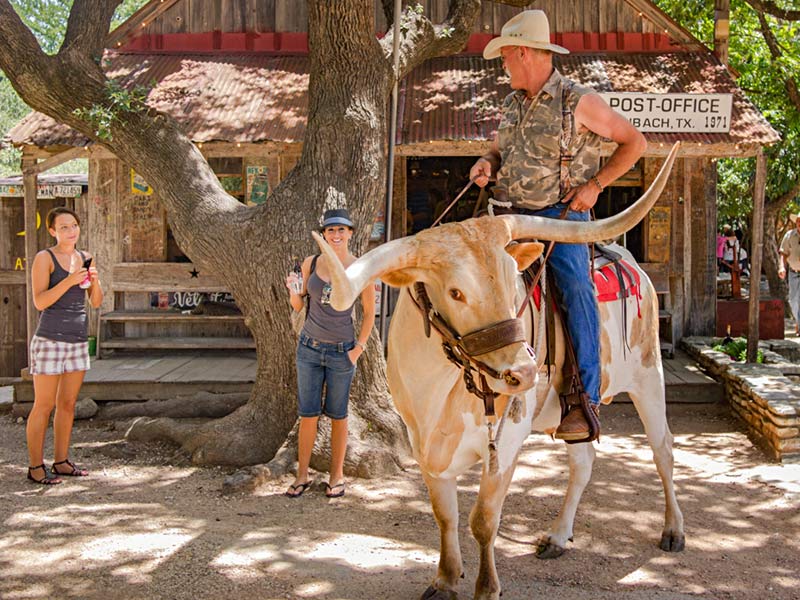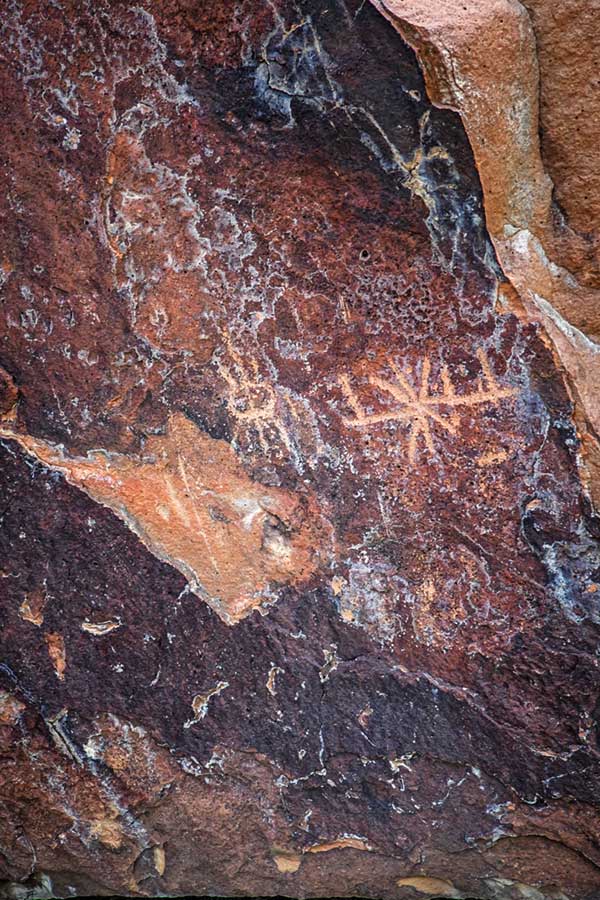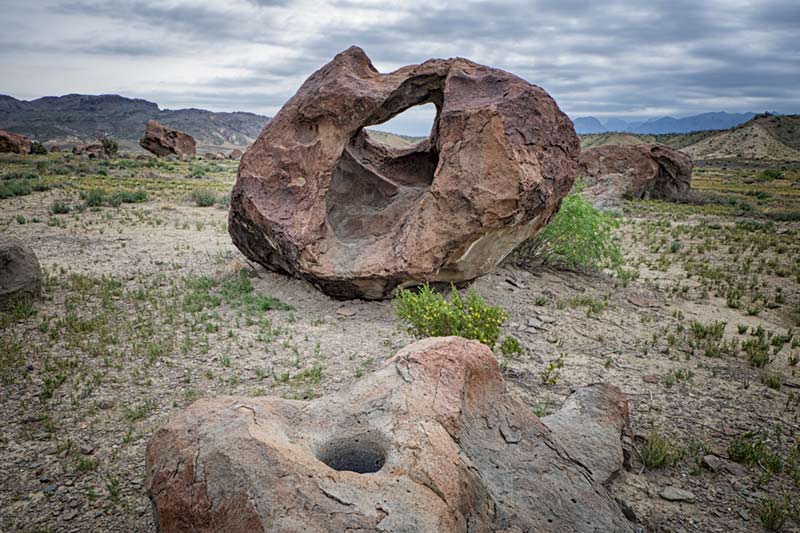
Buying a camera online – Don’t Panic!
 For the last couple of weeks I’ve been selling my camera gear to free up money to buy into the Sony full frame system. Now everything is gone. I don’t even have a camera to take product images any more. I had to borrow my wife’s three year old Olympus Tough 610 to take the last of my product shots. Interestingly her camera still had several images on the SD card that were from the day I gave it to her. At least the little Oly finally got used for something.
For the last couple of weeks I’ve been selling my camera gear to free up money to buy into the Sony full frame system. Now everything is gone. I don’t even have a camera to take product images any more. I had to borrow my wife’s three year old Olympus Tough 610 to take the last of my product shots. Interestingly her camera still had several images on the SD card that were from the day I gave it to her. At least the little Oly finally got used for something.
I’ve been looking at used A7 and A7II bodies on EBay but I can’t bring myself to spend a thousand dollars on an auction site. Just seems too risky to me. The best alternative is to try to get a used body from one of the large online shops such as B&H. Good plan but my attempt ended in disaster.
I really want an A7II rather than the original A7 for the in-body IS. Being newer it is harder to find a A7II at the right price. My patience ran out last week so I decided to buy an A7 and be done. B&H had a couple of them in inventory including one graded E+. I called the store and ordered it. Then I refreshed my browser and up popped two A7II bodies for just a hundred bucks more than the A7 I just bought. So back on the phone to B&H to cancel the first order and get the better camera. As you can probably tell I was not thinking very clearly in my moment of shopping frenzy.
After all the transactions were done I checked my PayPal account and found that my balance was completely tied up by the two camera transactions. Panic! EBay fees were due to hit at any time and the cupboard was bare. Not thinking straight again (still) I got back on the phone to B&H and cancelled the A7II purchase. In the end I had no camera and all my funds tied up in authorizations. A good day’s work I’d say.
Fresh Frozen Reality

I wonder what truth was being represented hundreds of years ago by the maker of the rock shelter petroglyph? That person didn’t have a camera but he did have a world view which framed his interpretation of reality as surely as we frame our own. Native peoples were as intelligent as us and just as capable of depicting the world using the technology available to them. You can easily see that they had cultural bias. Should we think that we are less biased because we have a better way to portray detail in our images?
It is good to remember that 99.99% of all photographs are not made for evidentiary documentary purposes. We are free to select what we see in front of our camera lenses and to interpret the images we capture. The fraction of a percent of images that we deem to be inviolable as historical documents are an edge case when compared to the mountain of images made for other purposes.
The camera is an instrument for capturing light not truth. The finished photo is something interpreted before and after capture. It is important that we set our own limits for what is appropriate when creating finished images. Others should be free to do the same thing.

